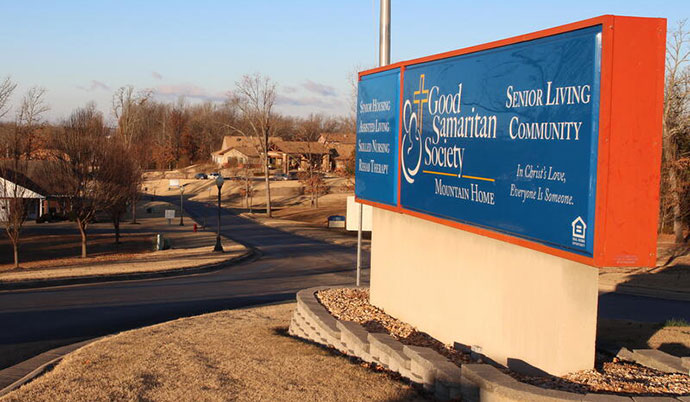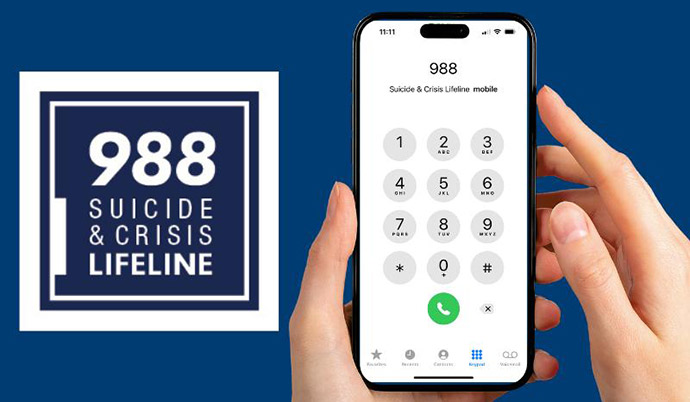Help is Available
Whether you’re struggling with suicidal thoughts yourself or love someone who is, find the support and resources you need. Learn how to take action to save lives.
If you need help now, contact:
SAMHSA National Helpline: (800) 662-HELP (4357)
Suicide & Crisis Lifeline: 988 or (800) 273-TALK (8255)
Crisis Text Line: Text HOME to 741741
SAMHSA Disaster Distress Helpline: (800) 985-5990
How You Can Offer Support
We can all help prevent suicide by taking these five action steps:
Find Mental Health Help
You’re not alone. When you need compassionate support for your mental health, Sanford Behavioral Health is here for you.
Explore our services and connect with a professional near you.
Who is at Risk for Suicide
Suicide Risk Factors
Suicide usually isn’t caused by one incident or event. A range of factors can contribute to and increase an individual’s risk of suicide. These include:
- Behavioral challenges or concerns, including mood disorders, depression, schizophrenia, anxiety disorders and certain personality disorders
- Alcohol and other substance use disorders
- Feelings of hopelessness
- Impulsive or aggressive tendencies
- History of trauma or abuse
- Major physical illnesses
- Previous suicide attempts
- Family history of suicide
- Job or financial loss
- Loss of relationships
- Easy access to lethal means
- Increase in suicides in the area
- Sense of isolation and lack of social support
- Lack of access to health care, especially mental health and substance abuse treatment
- Cultural and religious beliefs, such as the belief that suicide is a noble resolution of a personal dilemma
- Exposure to others who have died by suicide in real life or via the media and internet
Suicide Warning Signs
Most people who die by suicide show one or more of these warning signs:
- Talking about wanting to die or to kill themselves
- Looking for a way to kill themselves, including searching online for methods or buying a gun
- Talking about feeling hopeless or having no reason to live
- Talking about feeling trapped or in unbearable pain
- Talking about being a burden to others
- Increasing their use of alcohol or drugs
- Acting anxious or agitated
- Behaving recklessly
- Sleeping too little or too much
- Withdrawing or isolating themselves
- Showing rage or talking about seeking revenge
- Experiencing extreme mood swings
If you or someone you know are exhibiting these signs, contact a suicide prevention lifeline or text line as soon as possible.
Risk Statistics
Some people are more at risk of suicide based on demographics.
Some of the highest rates of suicide in the U.S. are among American Indian, Alaska Native and non-Hispanic white communities. Suicide is also the leading cause of death for people held in local jails.
These populations are also more at risk:
Men
- 78% of all people who die by suicide are male.
- Middle-aged white men experience the highest rate of suicide.
- In 2020, men died by suicide 3.88 times more than women.
- White males accounted for 69.68% of suicide deaths in 2020.
Young Adults
- 90% of teens who die by suicide have a mental health condition.
- 80% of teens who die by suicide show warning signs.
LGBTQ+ Youth and Adults
- Transgender adults are nearly 12 times more likely to attempt suicide than the general population.
- Lesbian, gay, bisexual and queer youth are four times more likely to attempt suicide than other youth.
How Others Are Helping

Preventing veteran suicides takes a community effort
At Good Samaritan Society – Mountain Home in Arkansas, over 30% of the residents are veterans – a population that assisted living manager Jennifer Batesel cares deeply about.
Making sure the vets in her care are engaged with the community is a top priority for her. Batesel leads a 100-person volunteer group that is committed to community outreach, particularly to causes that support other veterans. The group aims to intervene before crises hit.

How to talk about suicide with loved ones
“As a parent, friend or loved one, the biggest thing I can encourage you to do is ask the question.”
Simply asking a person if they are thinking about suicidal ideation can save their life, explains Ashlea McMartin, MS, LPCC, a clinical manager of community-based mental health services in Bemidji, Minnesota.
Find more tips on how to approach conversations about suicide in this episode of Health and Wellness.
